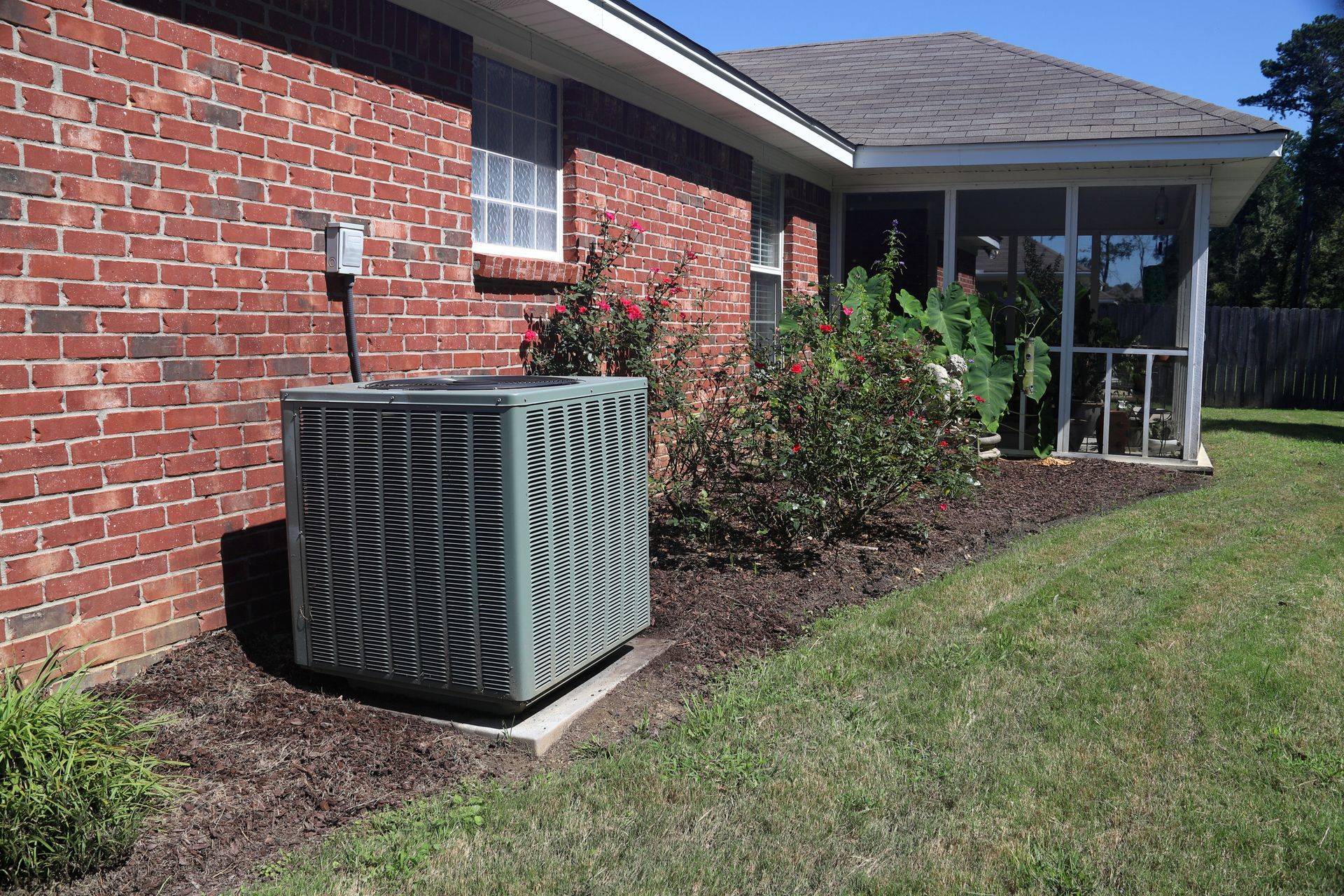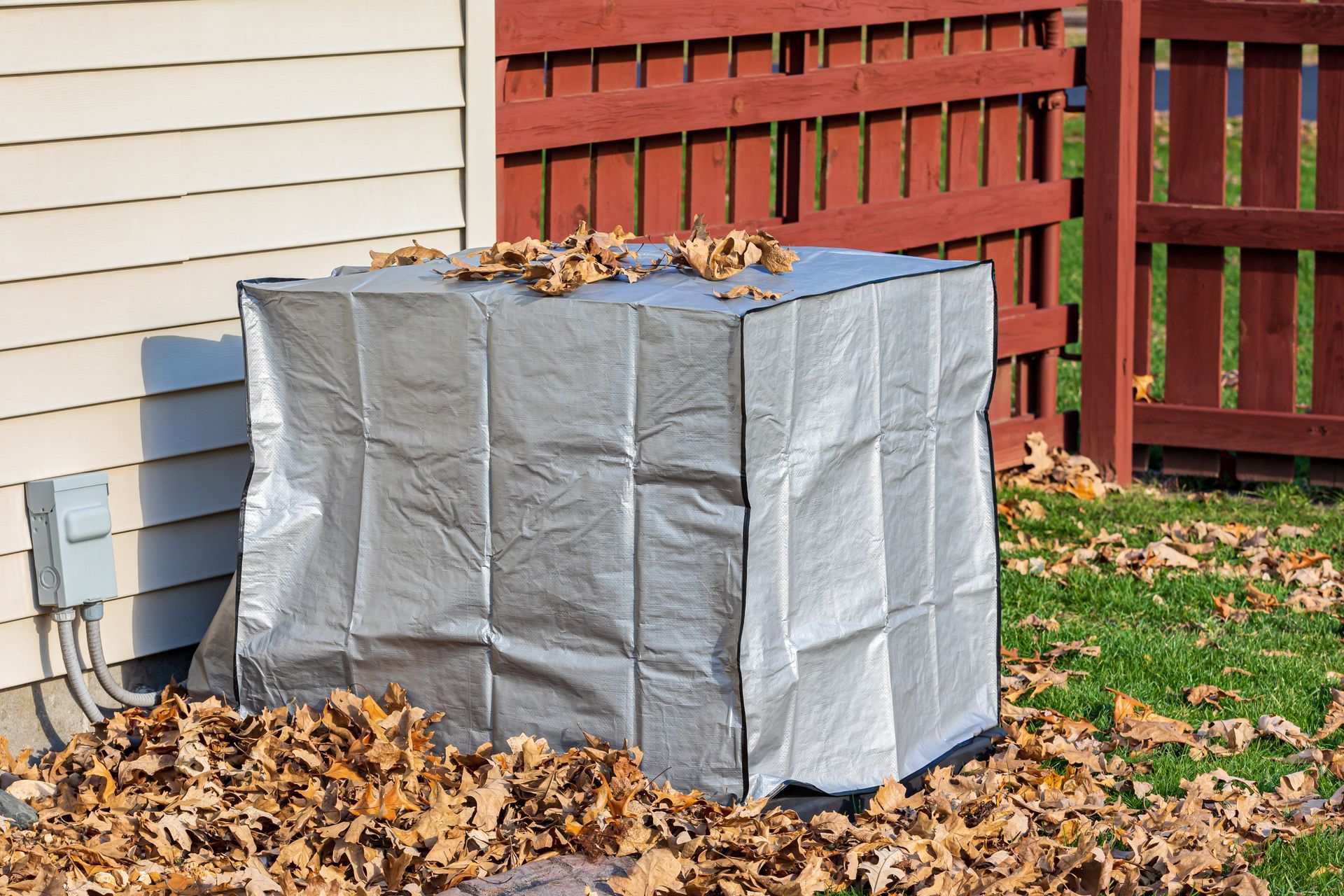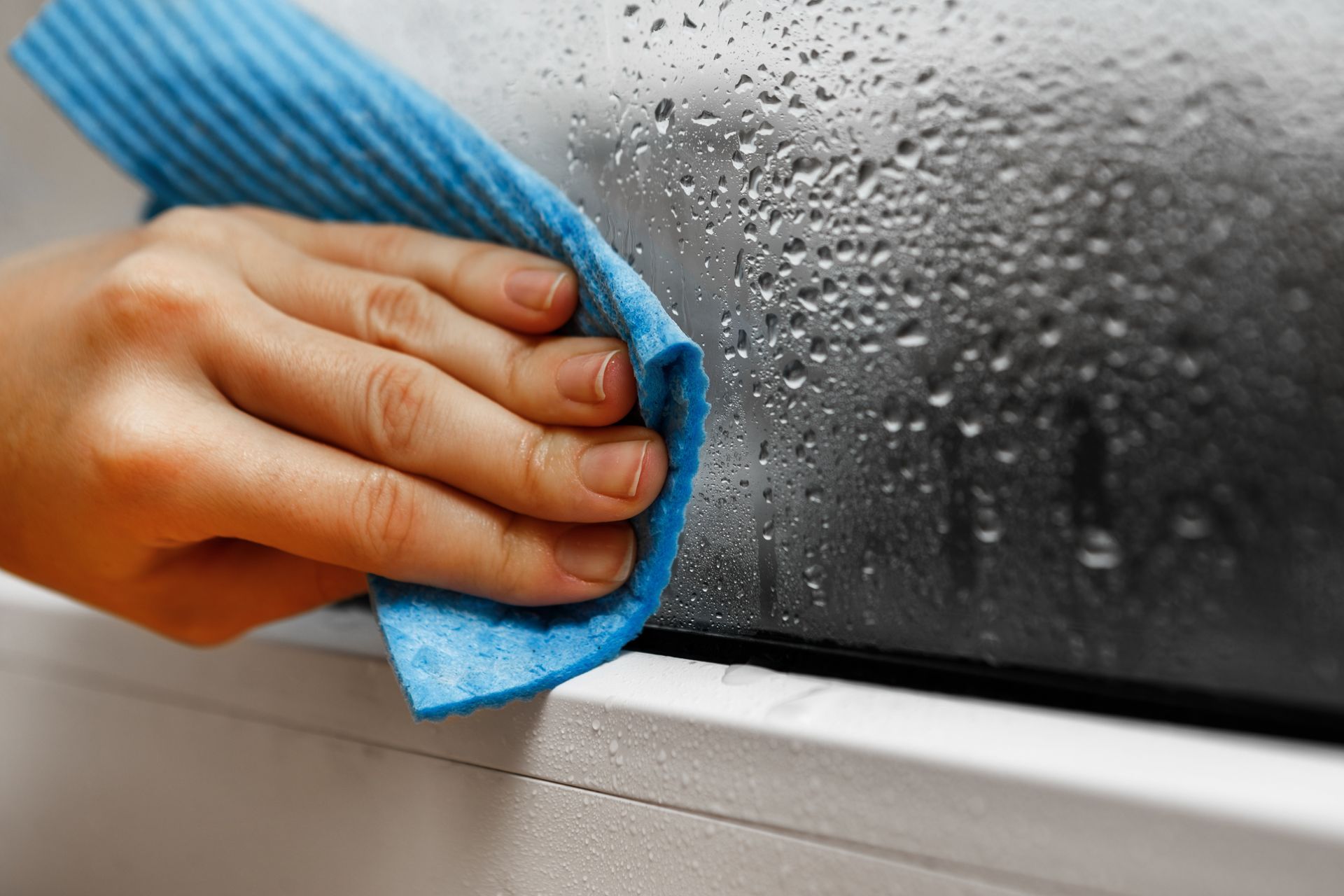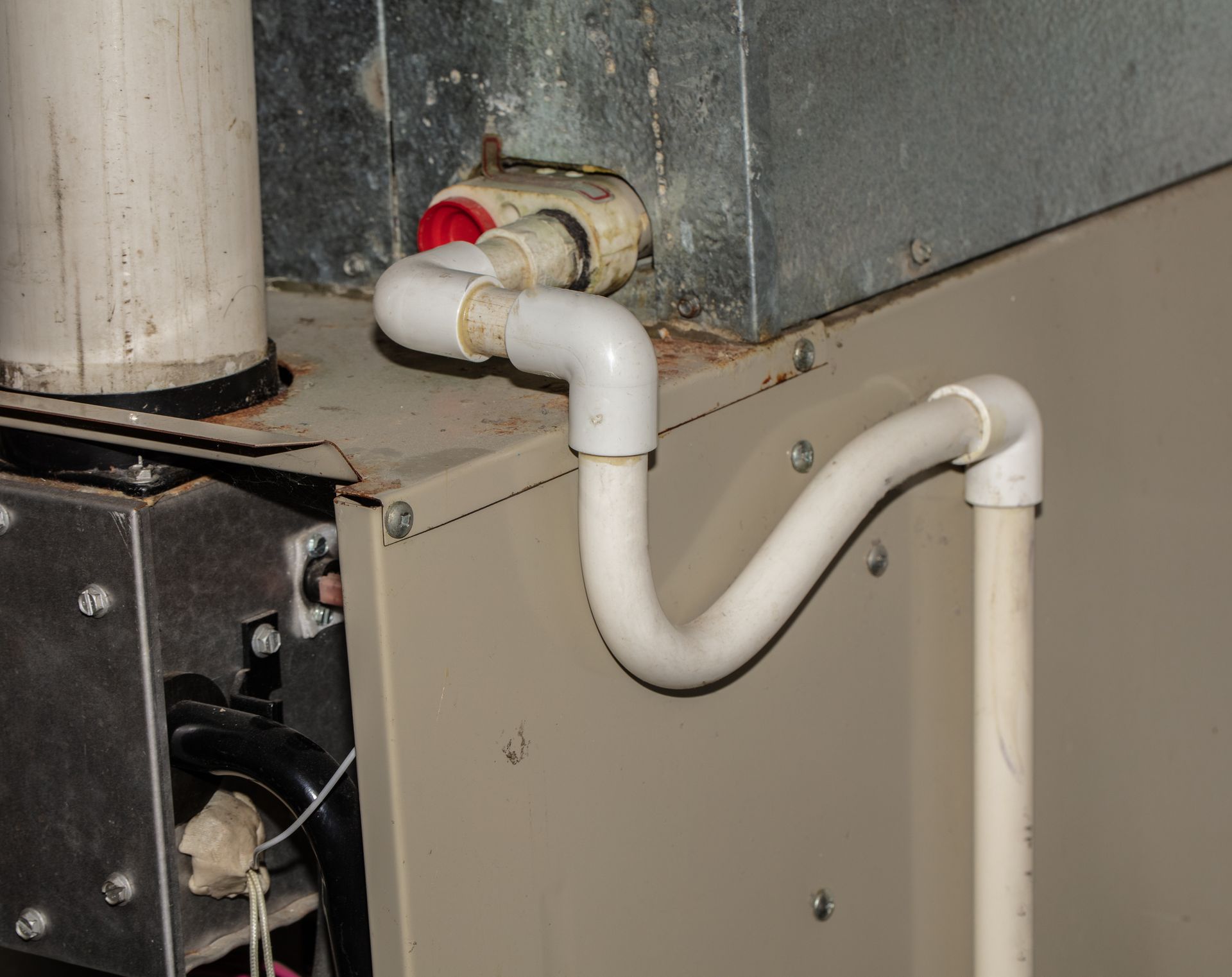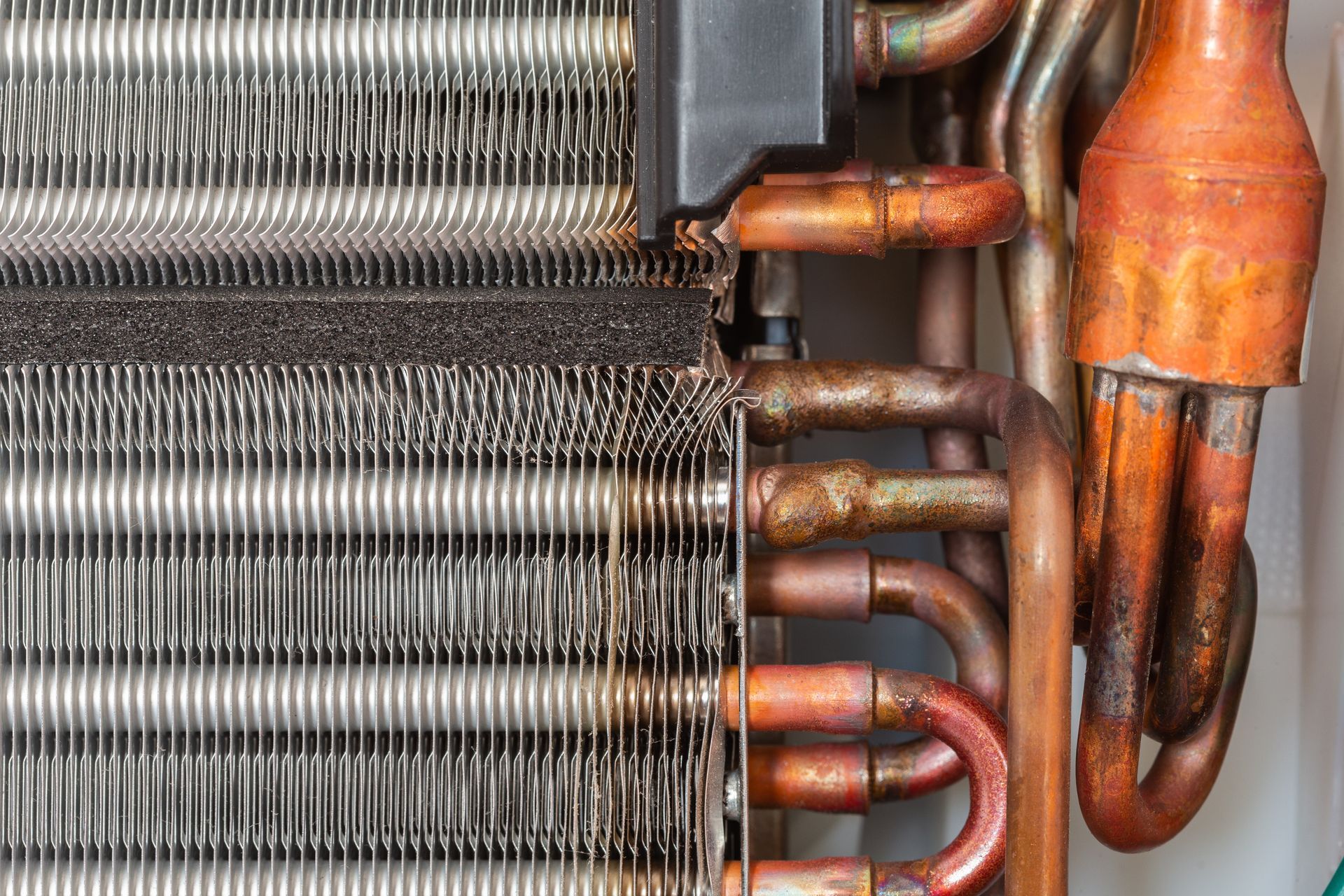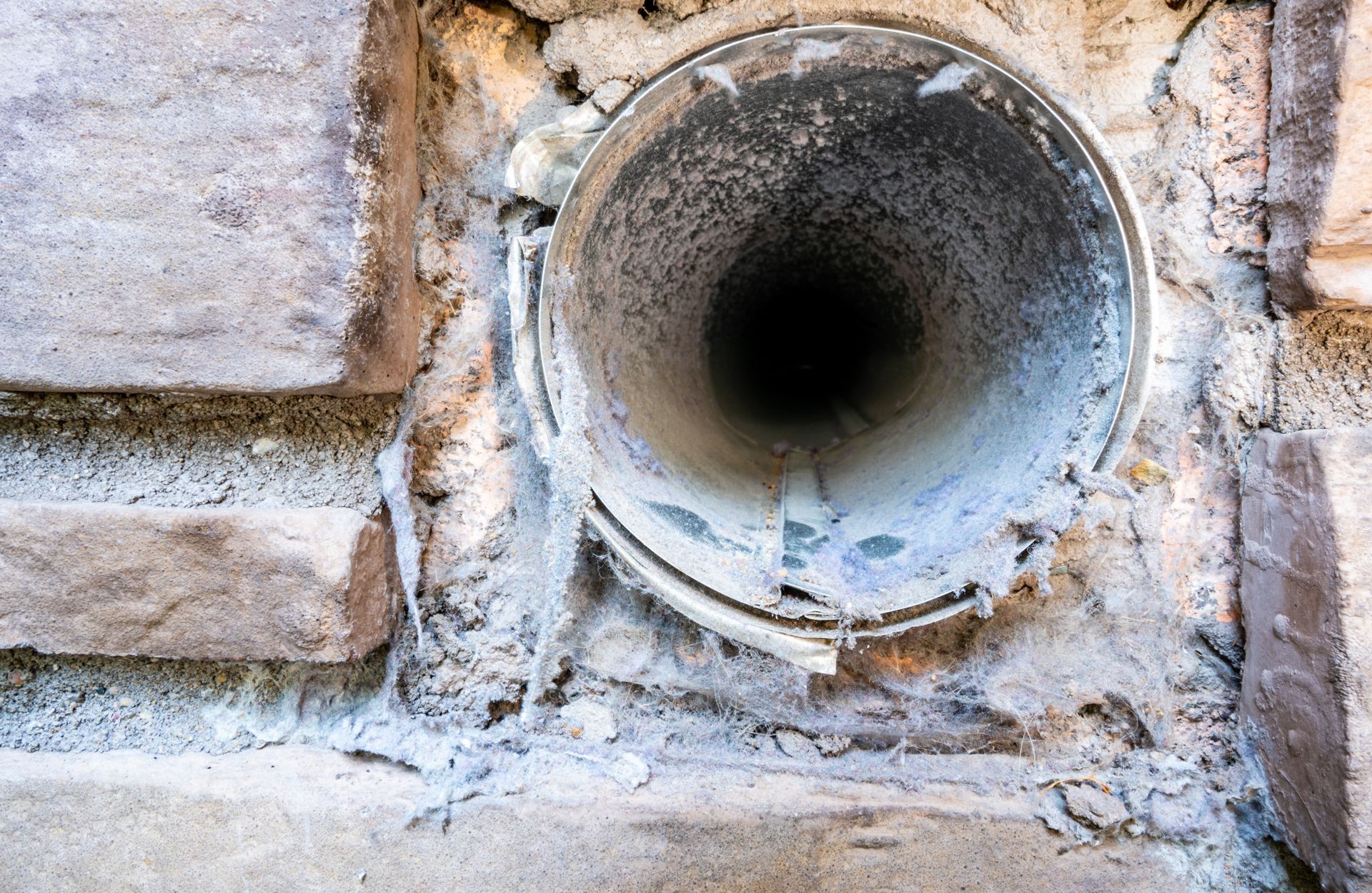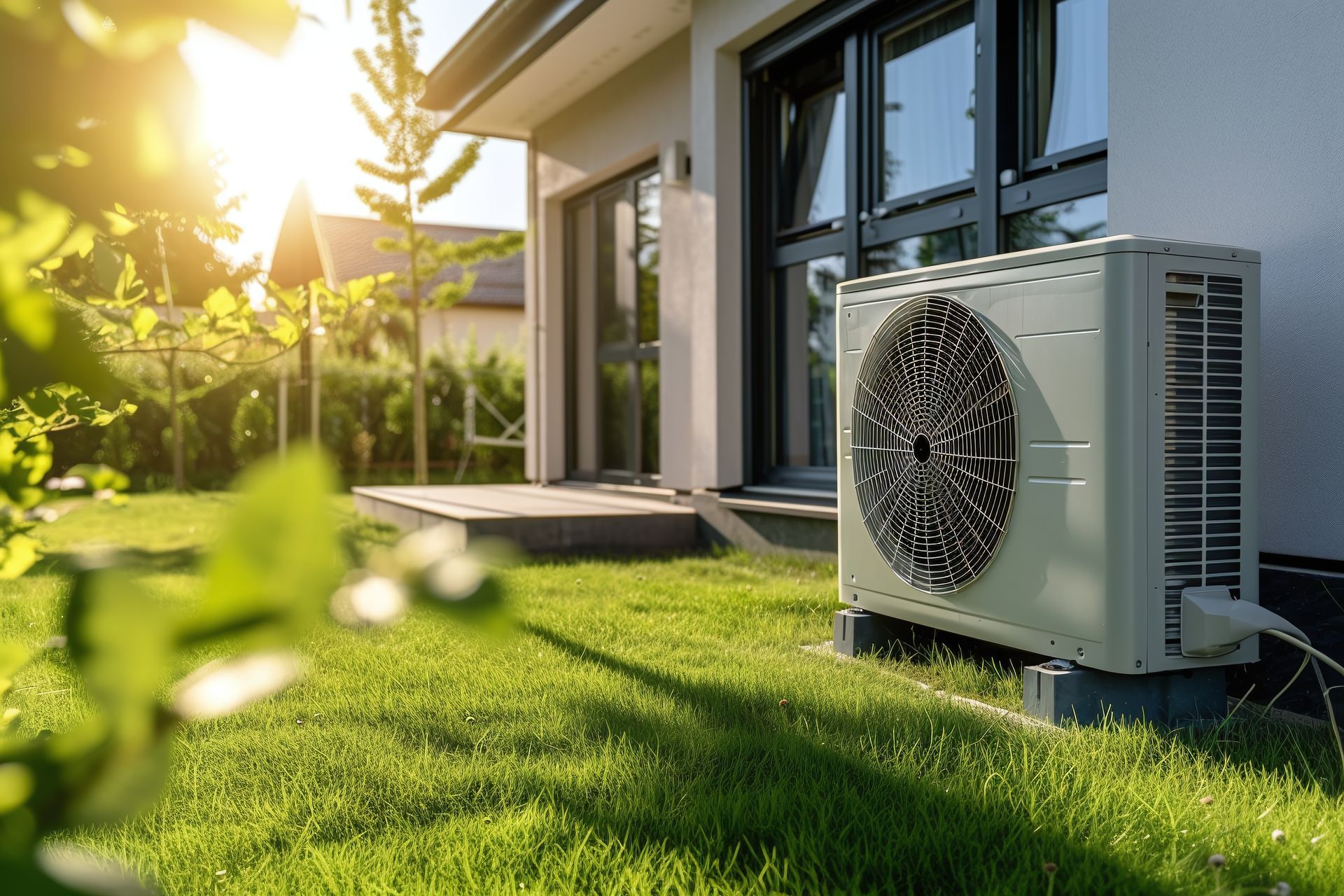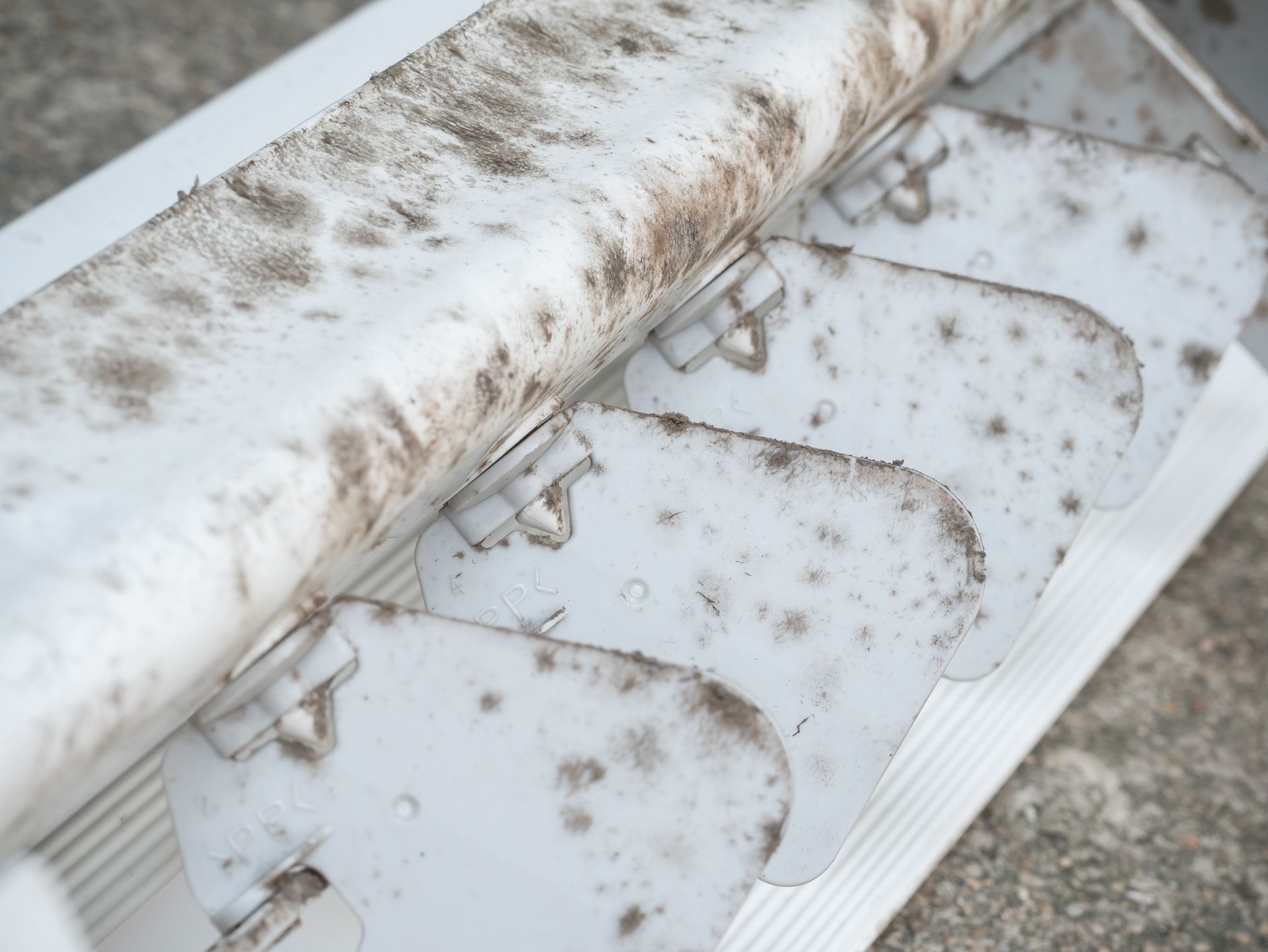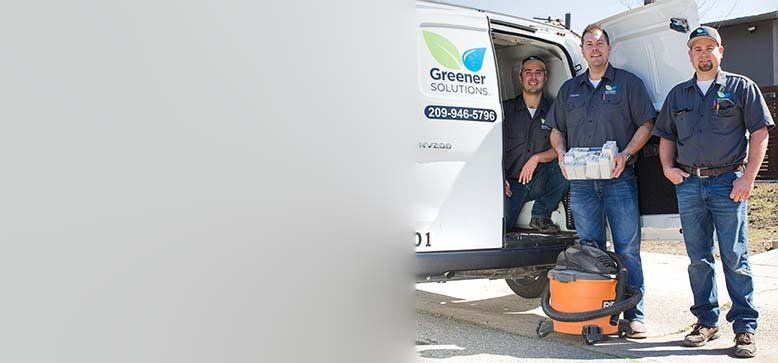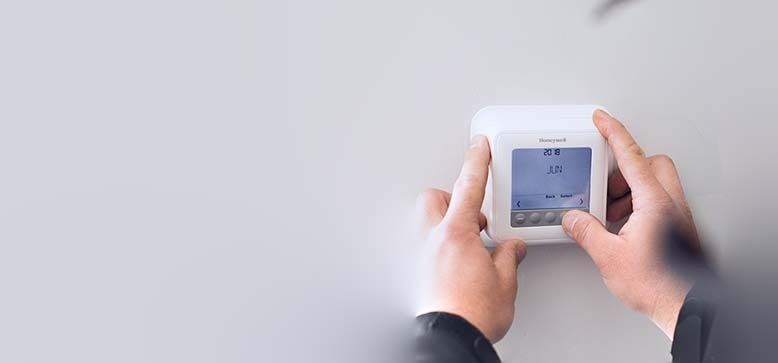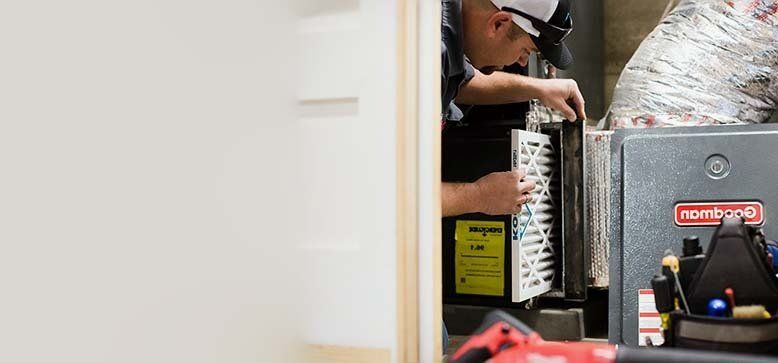How To Clean An AC Filter
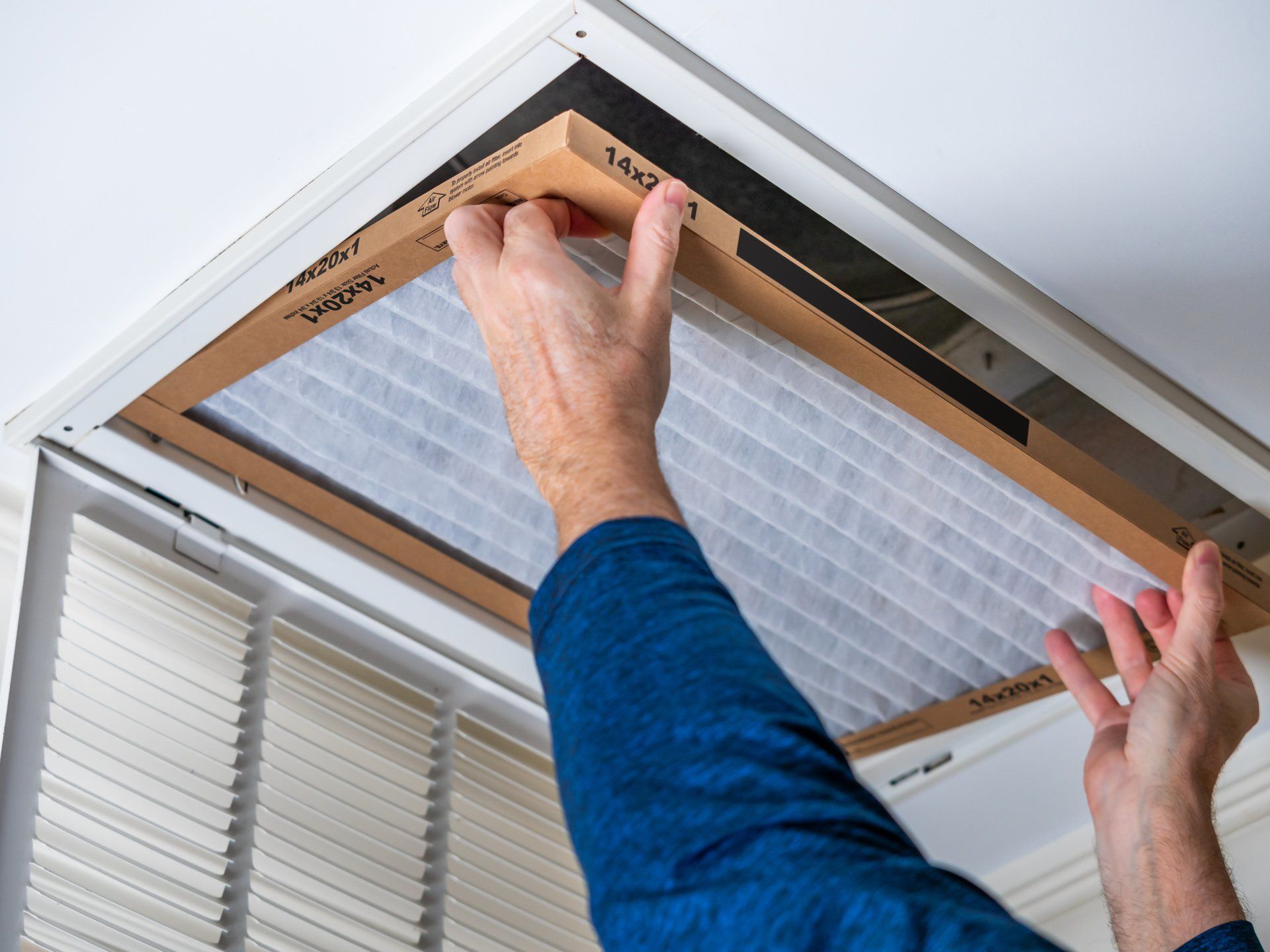
The small act of cleaning your air conditioner filter can have a big impact on an air conditioner’s overall performance and longevity. It’s also the one small thing that homeowners almost always forget to do. The AC filter is designed to keep dirt, dust, mold, and mildew out of your HVAC system. This helps improve air quality and prevents the inside of the air conditioner from becoming dirty. More importantly, it helps stop mold and mildew spores which can multiply and contaminate the air that is circulated throughout your home. The buildup of contaminants that the air conditioner filters out will need to be washed out or replaced to make sure that your air conditioner is working with clean filtered air. Otherwise, it will be forced to draw air in through a clogged filter which causes the air conditioner to work harder than it needs to. This leads to increased energy costs and shortened AC lifespan.
Tools Needed
The list of things that are needed to change an AC filter is short and doesn’t require complicated tools. There are some AC models that just require a filter change while others require the filter to be cleaned. Be sure to have a screwdriver, a vacuum, water, vinegar / soap, or a replacement filter ready.
AC Filter Cleaning Checklist
List of Services
-
Step 1: Check InstructionsList Item 1
It is important for an individual to orient themselves with the AC unit make and model. The instruction manual should be kept close by, so they are readily accessible for standard maintenance procedures like this. A manual should provide detailed instructions on where the AC filter is and how to clean an air conditioner filter. Details maybe available online if manual is missing.
-
Step 2: Turn AC Unit OffList Item 2
Before working on an active HVAC unit, it is best to turn the unit off. This will prevent unfiltered air from cycling through the system which should help reduce the chances that mold or mildew will contaminate the AC system.
-
Step 3: Find & Access Dirty AC FilterList Item 3
There should be somewhere on the exterior of the central AC unit that houses the air conditioner filter. The location will depend on the AC make and model, but it will normally be somewhere close to the ceiling or floor near wherever the return vent is. It may be secured behind a vent cover or secured inside the unit by a latch. Once found, carefully remove the filter so as not to damage the filter or release any of the captured particulates.
-
Step 4: Clean Dust from Filter or Replace FilterList Item 4
If any dust buildup, greyness, or discoloration is visible on the AC filter, it is time for cleaning or time to be replaced. Air conditioners will use either a disposable filter that just needs to be changed or a reusable filter that will need to be cleaned. Cleaning a reusable filter is easy enough and can be done quickly with a vacuum. Use the vacuum to clear the dust and debris off and if there is debris left over from the vacuuming, then it may be time for a deeper clean. For a better clean, the filter can be soaked in a tub or sink and then rinsed using warm running water. It helps to let the filter soak in water mixed 1:1 parts vinegar / soap for at least 1 – 2 hours. After the filter has finished soaking, scrub any debris off carefully and use the water pressure to hose the filter down.
Other filters are not compatible with water and need to be replaced with a new filter. Sometimes the filter won’t be dirty enough to replace it so a quick sweep with the vacuum might be enough to clean it off. It helps to get more than one filter at a time from the hardware store so you can just swap them out when needed.
-
Step 5: Allow Filter to Dry
After a reusable AC filter has been cleaned, be sure to let it dry before replacing it. Filters that are installed damp may grow and introduce mold and mildew which can contaminate your AC unit. Dry the filter by leaning the filter against a wall and then turning it after several hours. To cut the drying time, use a hair dryer set on a low setting to push air through the fibers.
-
Step 6: Reinstall AC Filter
Replace the old filter with the new or cleaned filter and then be sure to lock it into place using the vent cover or the latch that was used to release it. Be sure to check on the air conditioner filter regularly to ensure it stays clean. The more the AC unit is used, the more frequently the filter should be checked and replaced.
Common Types of AC Filters
The 2 types of AC filters that most homeowners need to know are reusable and disposable.
Disposable AC Filters
Disposable filters are designed to last for about 3 months and are easy to find and replace at hardware stores close by. They are usually a rectangle of filter fabric surrounded by a light plastic or carboard edge. It helps to bring in the old filter to ensure you are getting the replacement in the right size. Replacing a disposable filter requires an individual to open the vent cover, extract the dirty filter, put in the clean filter, and close the vent cover.
Washable AC Filters
Washable filters can last for up to 5 years and are a little more difficult to maintain. Most of these filters are made up of a fine screen that slides into an AC unit where it covers the return vent. These screens will need to be cleaned every 2 – 3 months and it helps to use some sort of antimicrobial agent like vinegar or disinfecting soap to get rid of mold and mildew buildup.
How Often Should You Clean Your AC Filter
In an ideal world, an AC filter should be cleaned every month but realistically it should probably be done at least every 2 – 3 months. Disposable filters are usually only designed to last 3 months so having a stockpile of replacement filters may save multiple trips to the hardware store. The best way to know if a filter needs attention is by checking the filter regularly to see how bad the build up is. If there is serious discoloration of the filter due to dust and debris buildup, it is probably time for a cleaning or replacement. The severity of the buildup can also be impacted by how frequently the AC is being used. Checking every 3 - 6 months might be fine in the winter while the AC isn’t being used but checking every 1 – 2 months during the summer might make more sense.
What are Signs That You Need to Clean the Air Filter
If your AC filters are showing signs of tears, rips, holes, or openings in the filter, then it is likely allowing unfiltered air into your air conditioner and needs to be replaced. If the filter is dirty to the point where you can no longer see light pass through the filter, it may be time to have it cleaned or replaced. If you haven’t checked the filter yet but have noticed increases in energy bills or reduced airflow from your AC, then it might be time to check on your air filter.
What Happens If You Do Not Clean AC Filter?
Not keeping an air conditioner filter clean can result in several problems including mechanical failure caused by overworking the AC unit. The primary problems that arise from a dirty filter are:
- Reduced air quality: As the filter gets clogged with dust and debris, the more difficult it gets to draw clean air through. If there is too much buildup, the air that passes through will be contaminated with allergens, mold, mildew, and dust. This can trigger asthma attacks and other respiratory problems in addition to causing allergies and odd smells.
- Poor air flow: Air conditioner filters that are completely clogged up with dust and debris act as an obstacle for air to pass through. This slows air flow and increases the time it takes to cool a room.
- Increasing energy costs: If AC filters are dirty, the motors that draw air into the system will have to work harder resulting in higher electricity bills.
- Dirty coils: If fresh filtered airflow is compromised, dirt and dust can enter the air conditioner’s internal components. This dirty air then passes over the coils which collects the particulates over time. This buildup on the coils can lead to frozen coils and AC system failure.
Why You Should Keep Your AC Filter Clean
There are other advantages to having a clean AC filter other than having fresh filtered air being pumped through a home or business. Having a clean AC filter ensures that an HVAC system is working optimally without having to work extra hard to draw air through a dirty filter. This keeps electricity bills low and the AC unit working for longer. It also makes it easier to block out allergens and other bio contaminants like mold and mildew which can introduce smells.
Get Your AC Filter Professionally Cleaned
Cleaning AC filters may get overlooked so it is important that GS Home Services is around to provide general HVAC maintenance. Our on-going services will ensure that your HVAC system is checked regularly and that all aspects of your air conditioner are tuned up and ready until the next service. Call today to schedule a meeting so one of our licensed and experienced HVAC experts can come check out your air conditioner.

